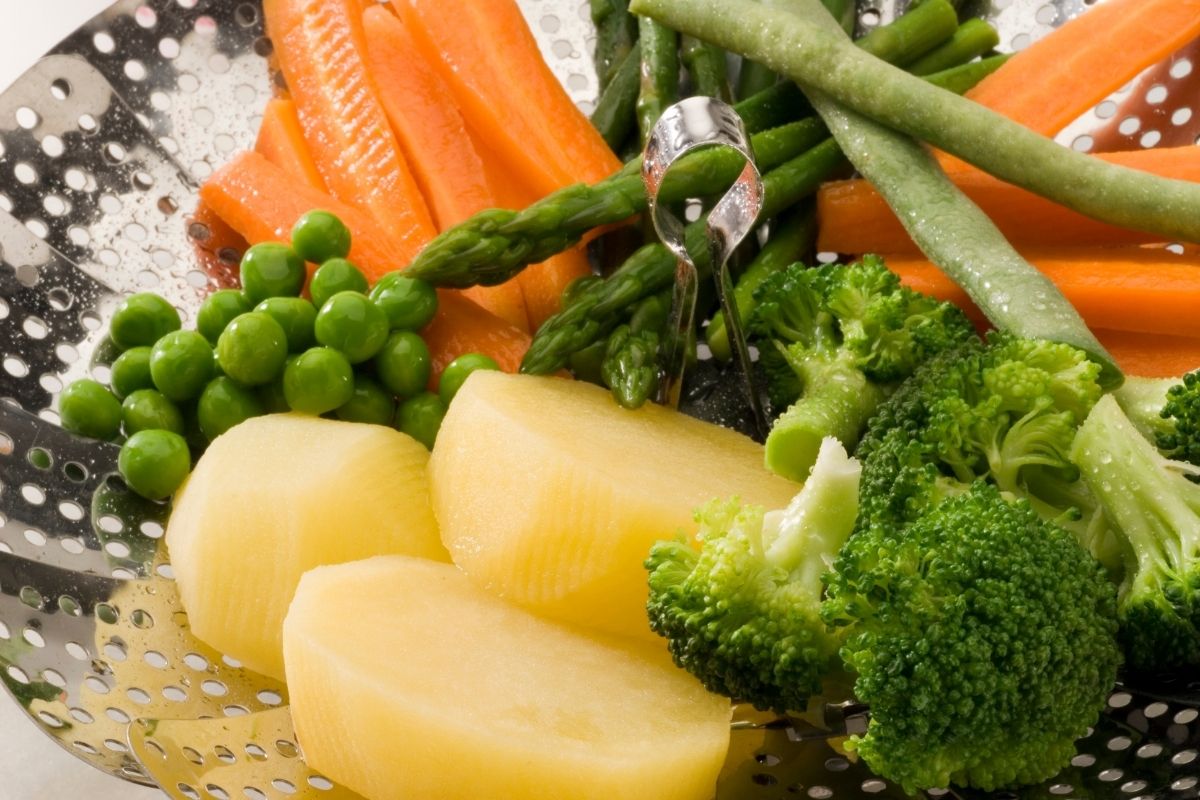

Articles
How To Steam Vegetables With A Rice Cooker
Modified: August 27, 2024
Learn how to steam vegetables with a rice cooker in this informative article. Follow our step-by-step guide to enjoy healthy and delicious meals effortlessly.
(Many of the links in this article redirect to a specific reviewed product. Your purchase of these products through affiliate links helps to generate commission for Storables.com, at no extra cost. Learn more)
Introduction
Welcome to this comprehensive guide on how to steam vegetables with a rice cooker. Steaming vegetables is a simple and healthy cooking method that helps retain the nutrients and natural flavors of the vegetables. By using a rice cooker, you can easily steam a variety of vegetables to perfection without the need for any specialized equipment or skills.
Steaming vegetables has numerous benefits. It is a great way to preserve the nutrients present in fresh vegetables as compared to other cooking methods like boiling or frying, which can lead to nutrient loss. Steamed vegetables retain their vibrant colors and crisp textures, making them visually appealing and enjoyable to eat. Steaming also requires minimal oil, making it a healthier option for those watching their calorie intake.
Choosing the right rice cooker is essential for successful vegetable steaming. Look for a rice cooker with a steaming basket or tray that fits inside the cooker. It should have a tight-fitting lid to retain the steam and adjustable temperature settings for precise cooking. Additionally, ensure that the rice cooker has enough capacity to accommodate the amount of vegetables you intend to steam.
Before we dive into the step-by-step guide on how to steam vegetables with a rice cooker, let’s discuss the preparation process. It’s important to properly prepare the vegetables before steaming to ensure even cooking and maximum flavor. Wash the vegetables thoroughly and trim them as necessary. Remove any tough or woody stems, and cut the vegetables into uniform-sized pieces. This will ensure that they cook evenly and are easy to eat.
In the following sections, we will provide a detailed step-by-step guide on how to steam vegetables with a rice cooker, along with some useful tips to achieve perfectly steamed vegetables every time. We will also explore alternative methods for steaming vegetables if you don’t have access to a rice cooker. So, let’s get started and discover the wonderful world of steamed vegetables!
Key Takeaways:
- Steaming vegetables with a rice cooker is a simple, nutrient-preserving method that enhances flavors and textures. It’s a low-calorie, convenient, and visually appealing way to enjoy a variety of vegetables.
- Choosing the right rice cooker with steaming functionality and proper preparation of vegetables are crucial for successful steaming. Experiment with seasoning and alternative steaming methods for flavorful, nutritious results.
Read more: How To Steam Carrots In A Rice Cooker
Benefits of Steaming Vegetables
Steaming vegetables is a cooking method that offers a multitude of benefits for both your health and taste buds. Whether you are a health-conscious individual or simply someone looking to add more variety to their meals, steaming vegetables should be a part of your culinary repertoire. Here are some of the key benefits of steaming vegetables:
- Retains Nutrients: Steaming is one of the best cooking methods for preserving the natural nutrients in vegetables. Unlike boiling or frying, which can cause nutrient loss, steaming helps to retain vitamins, minerals, and antioxidants that are essential for your overall health.
- Enhances Flavor: Steaming vegetables helps to lock in their natural flavors and aromas. By cooking the vegetables in their own steam, you get to enjoy their true taste without the need for excessive seasonings or added fats. Steamed vegetables have a fresh, crisp texture and a delicate flavor that pairs well with a variety of dishes.
- Preserves Color and Texture: One of the reasons why steamed vegetables are so visually appealing is because they retain their vibrant colors and crisp textures. Unlike boiling, steaming prevents vegetables from becoming mushy or losing their color, resulting in a more appetizing presentation on your plate.
- Low-Calorie Option: If you are watching your calories or trying to maintain a healthy weight, steaming vegetables is a great choice. It requires minimal or no added fats, making it a low-calorie cooking method. Steamed vegetables are filling and nutritious, allowing you to enjoy a generous portion without guilt.
- Easy and Convenient: Steaming vegetables is a hassle-free cooking method that requires minimal effort and time. With a rice cooker or steamer basket, you can simply set it and forget it, allowing the vegetables to steam to perfection while you attend to other tasks in the kitchen.
These are just a few of the many benefits of steaming vegetables. Whether you want to boost your nutrient intake, add more variety to your meals, or simply enjoy the natural flavors of your favorite veggies, steaming is a cooking method that delivers on all fronts. So, fire up your rice cooker and get ready to steam your way to healthier and more flavorful meals!
Choosing the Right Rice Cooker
When it comes to steaming vegetables with a rice cooker, choosing the right appliance is crucial for achieving optimal results. Here are some factors to consider before purchasing a rice cooker for vegetable steaming:
- Capacity: The size of the rice cooker is important, especially if you plan on cooking large quantities of vegetables. Consider the number of servings you typically need and ensure that the rice cooker has enough capacity to accommodate your needs. Most rice cookers come in various sizes, ranging from small 3-cup models to larger ones that can hold up to 10 cups or more.
- Steaming Functionality: Look for a rice cooker that has a dedicated steaming function or comes with a steaming basket or tray. This feature allows you to steam vegetables while the rice cooks below, saving time and energy. A steaming tray that fits inside the rice cooker ensures that the vegetables are evenly cooked and don’t come into direct contact with the water.
- Temperature Control: Some rice cookers offer temperature control settings, allowing you to adjust the level of heat to suit different types of vegetables. This ensures that you can steam delicate veggies like broccoli or asparagus at lower temperatures, while heartier vegetables like carrots or potatoes can withstand higher heat levels. Look for rice cookers with adjustable temperature controls for more precise cooking.
- Keep Warm Function: A keep warm function is a handy feature to have in a rice cooker. It allows you to keep the steamed vegetables warm for a longer period of time without overcooking them. This can be particularly useful if you’re preparing multiple dishes or serving a meal buffet-style.
- Easy to Clean: Opt for a rice cooker that is easy to clean and maintain. Look for models with removable parts that are dishwasher safe, as this will make cleaning up a breeze. Non-stick coated inner pots also make it easier to remove any stuck-on food particles.
- Additional Functions: Some rice cookers come with additional functions such as a delay timer, quick cooking, or a slow cooker setting. While not directly related to vegetable steaming, these extra features can add versatility to your rice cooker and make it a more multi-functional kitchen appliance.
Consider your specific needs and preferences when selecting a rice cooker for vegetable steaming. Take into account the size of your household, the types of vegetables you frequently cook, and the features that would enhance your cooking experience. With the right rice cooker in your kitchen, you’ll be able to steam vegetables easily and efficiently, adding a healthy dose of nutrition and flavor to your meals.
Preparing Vegetables for Steaming
Before you begin the steaming process, it’s essential to properly prepare the vegetables to ensure even cooking and to maximize their flavor. Here are some steps to follow when preparing vegetables for steaming:
- Washing: Start by washing the vegetables thoroughly under cold running water. This helps remove any dirt, pesticides, or other impurities that may be present on the surface. Use a vegetable brush if needed for tougher-skinned vegetables like potatoes or carrots.
- Trimming: Trim and discard any parts of the vegetables that are bruised, damaged, or wilted. Also, remove any woody or tough stems, as they can be fibrous and challenging to chew. For leafy greens like spinach or kale, remove any thick or tough ribs before steaming.
- Cutting: Cut the vegetables into uniform-sized pieces to ensure even cooking. This is particularly important when steaming different types of vegetables together. Aim for pieces that are roughly the same size, as smaller pieces may become overcooked while larger pieces may remain undercooked.
- Peeling (if necessary): Some vegetables, such as carrots or potatoes, may need to be peeled before steaming. Peeling can help improve the texture and appearance of these vegetables. However, keep in mind that many vegetables, including carrots, can be steamed with their skin intact to retain the maximum amount of nutrients.
- Marinating or Seasoning (optional): While not necessary, you can also marinate or season the vegetables before steaming to enhance their flavor. A simple marinade of olive oil, lemon juice, herbs, and spices can infuse the vegetables with a delightful taste. Alternatively, you can sprinkle some salt, pepper, or your favorite seasoning blend over the vegetables for added depth of flavor.
- Arranging: Arrange the vegetables in a single layer in the steaming basket or tray of the rice cooker. This ensures that the steam can circulate evenly around the vegetables, promoting uniform cooking. Avoid overcrowding the basket, as this can result in uneven steaming and longer cooking times.
By following these steps, you’ll ensure that your vegetables are well-prepared and ready for steaming. Properly prepared vegetables not only cook more evenly but also retain their nutrients and flavors, resulting in delicious and nutritious steamed vegetables.
Step-by-Step Guide: How to Steam Vegetables with a Rice Cooker
Steaming vegetables with a rice cooker is a simple and convenient process. Follow these step-by-step instructions to achieve perfectly steamed vegetables every time:
- Prepare the rice cooker: Start by setting up your rice cooker. Ensure that it is clean and in good working condition. If your rice cooker comes with a steaming tray or basket, insert it into the cooker. If not, you can use a separate steaming basket or a heatproof bowl that fits securely inside the rice cooker.
- Add water: Pour an adequate amount of water into the rice cooker. The exact amount will depend on the capacity of your rice cooker and the amount of vegetables you want to steam. As a general guideline, aim for 1 to 2 inches of water in the bottom of the cooker. Avoid adding too much water as it may overflow during the steaming process.
- Preheat the rice cooker: Close the lid of the rice cooker and turn it on. Allow the water to heat up and come to a boil. This will create the steam needed to cook the vegetables.
- Place the vegetables: Once the water is boiling and steam is produced, carefully add the prepared vegetables to the steaming tray or basket inside the rice cooker. Make sure the vegetables are arranged in a single layer and do not overcrowd the basket. Evenly spaced vegetables will ensure that they cook evenly.
- Close the lid: Close the lid of the rice cooker securely to trap the steam inside. This will create a controlled environment for steaming the vegetables and prevent heat from escaping.
- Set the timer: Depending on the vegetables you are steaming and your desired level of doneness, set the timer for the appropriate cooking time. Most vegetables will require around 5 to 10 minutes of steaming. Keep in mind that denser vegetables like potatoes may require slightly longer cooking times, while more delicate vegetables like leafy greens will cook quicker.
- Check for doneness: After the set cooking time has elapsed, carefully open the lid of the rice cooker to check the doneness of the vegetables. They should be tender yet still retain a slight crispness. Use a fork or knife to test their texture. If the vegetables are not fully cooked, close the lid and steam for an additional few minutes.
- Remove and serve: Once the vegetables are cooked to your liking, carefully remove the steaming tray or basket from the rice cooker. Use oven mitts or tongs to avoid any burns. Serve the steamed vegetables immediately while they are still hot and enjoy their delicious flavor.
Using a rice cooker to steam vegetables is a foolproof method that delivers consistent results. With this step-by-step guide, you’ll be able to steam a variety of vegetables to perfection, ensuring optimal flavor, texture, and nutrient retention.
Add a small amount of water to the rice cooker, place the vegetables in the steaming basket, and set the cooker to the “steam” setting. Check the vegetables for doneness after about 10 minutes.
Read more: How To Steam Buns In Rice Cooker
Tips for Perfectly Steamed Vegetables
Steamed vegetables are a healthy and delicious addition to any meal. To achieve perfectly steamed vegetables every time, consider the following tips:
- Select the right vegetables: Choose fresh, high-quality vegetables for steaming. Opt for vegetables that are in season, as they are likely to have better taste and texture. Broccoli, cauliflower, carrots, Brussels sprouts, green beans, zucchini, and asparagus are all excellent choices for steaming.
- Cut vegetables into uniform sizes: Cutting the vegetables into uniform pieces ensures that they cook evenly. This helps prevent some pieces from overcooking while others remain undercooked. Try to maintain a consistent size and thickness for even cooking.
- Don’t overcook: Avoid overcooking the vegetables as it can result in a loss of nutrients and a mushy texture. Keep a close eye on the steaming process and check for doneness at regular intervals. Vegetables should be tender but still have a slight crispness to them.
- Add seasoning: While steamed vegetables have a natural, pure flavor, you can enhance their taste by adding some seasoning. Consider sprinkling a pinch of sea salt, freshly ground black pepper, or herbs like rosemary or thyme over the steamed vegetables to add a burst of flavor.
- Add a squeeze of citrus: A squeeze of lemon, lime, or orange juice can add a tangy and refreshing flavor to steamed vegetables. The acidity of citrus can brighten up the taste of the vegetables and provide a nice contrast to their earthy flavors.
- Experiment with spices and seasonings: Get creative with your spices and seasonings to add variety to your steamed vegetables. Try sprinkling some cumin, paprika, curry powder, or garlic powder over the vegetables before steaming for a tasty twist.
- Reserve the cooking liquid: The water used for steaming the vegetables can be retained and used as a flavorful base for soups, gravies, or stir-fries. It contains the essence of the vegetables and can enhance the overall taste of your dishes.
- Steam vegetables individually: If you’re steaming different vegetables with varying cooking times, consider steaming them individually. Start with the vegetable that requires the longest cooking time and add the quicker-cooking vegetables later. This ensures that each vegetable is cooked to perfection.
- Keep it colorful: Mix and match different colorful vegetables to make your dish visually appealing. Not only does this create a beautiful presentation, but it also ensures a diverse range of nutrients in your meal.
- Use a timer: Set a timer to keep track of the steaming process. Oversteaming can lead to mushy vegetables, while understeaming may leave them raw. Set a timer based on the cooking times of the specific vegetables you are steaming for best results.
By following these tips, you can elevate your steamed vegetables to new levels of flavor and texture. Enjoy the natural goodness of vegetables while exploring different seasonings and cooking techniques to keep your meals interesting and nutritious.
Alternative Methods for Steaming Vegetables
If you don’t have a rice cooker or prefer to explore other cooking methods, there are several alternative ways to steam vegetables. Here are some popular methods:
- Stovetop Steaming: Stovetop steaming is a classic method that requires a pot with a steamer insert or a collapsible steaming basket. Fill the pot with a couple of inches of water, place the steamer insert or basket inside, and bring the water to a simmer. Arrange the vegetables in the steamer, cover with a lid, and steam for the recommended amount of time.
- Microwave Steaming: Microwaving is a quick and convenient method for steaming vegetables. Place the prepared vegetables in a microwave-safe dish with a splash of water. Cover the dish with a microwave-safe lid or microwave-safe plastic wrap, leaving a small vent for steam to escape. Microwave on high for the recommended time, stirring or rearranging the vegetables halfway through, if needed.
- Steamer Basket: A steamer basket is a versatile kitchen tool that can be used on the stovetop or in the microwave. Simply place the basket in a pot or microwave-safe dish, add water to the pot or the dish below the basket, and arrange the vegetables in the basket. Cover with a lid and steam according to the recommended time.
- Electric Steamers: Electric food steamers are countertop appliances specifically designed for steaming food. They usually come with multiple tiers or compartments to steam different foods simultaneously. Follow the manufacturer’s instructions for setting up the steamer, add water to the designated reservoir, place the vegetables in the steaming trays, and steam for the recommended time.
- Instant Pot/Pressure Cooker: Many modern electric pressure cookers, such as the Instant Pot, offer a steaming function. Simply add water to the pot, place the vegetables in a steamer basket, and set the appropriate pressure cooking time. Once the pressure cooking is complete, carefully release the steam, remove the vegetables, and serve.
When using alternative steaming methods, it’s important to adjust the cooking time based on the specific appliance and the type of vegetables you are cooking. Remember to periodically check for doneness to avoid overcooking.
Regardless of the method you choose, steaming vegetables is a great way to enjoy their natural flavors and retain their nutrients. Experiment with different techniques to find your preferred steaming method and create delicious, healthy meals with ease.
Frequently Asked Questions (FAQs)
Here are the answers to some commonly asked questions about steaming vegetables with a rice cooker:
- Can I steam frozen vegetables in a rice cooker?
Yes, you can steam frozen vegetables in a rice cooker. However, be aware that frozen vegetables may release more moisture during the steaming process, leading to slightly longer cooking times. It’s best to follow the instructions on the packaging or steam them for a few extra minutes to ensure they are fully cooked. - Can I steam multiple types of vegetables together?
Yes, you can steam different types of vegetables together in a rice cooker. Just make sure to choose vegetables that have similar cooking times to prevent overcooking or undercooking. If you have vegetables with different cooking times, consider adding the longer-cooking vegetables first and then adding the quicker-cooking ones later. - How much water should I use for steaming vegetables in a rice cooker?
The amount of water needed will depend on the capacity of your rice cooker. As a general guideline, aim for 1 to 2 inches of water in the bottom of the cooker. Avoid adding too much water as it may overflow during the steaming process. - Can I use the leftover water from steaming vegetables?
Yes, you can use the leftover water from steaming vegetables. This water contains the essence of the vegetables and can be used as a flavorful base for soups, gravies, or sauces. Just be sure to strain it to remove any debris or impurities before using. - Is it necessary to marinate or season the vegetables before steaming?
Marinating or seasoning vegetables before steaming is optional. Steamed vegetables have a natural, pure flavor, but you can certainly enhance their taste by marinating them or adding seasoning. Experiment with different marinades, herbs, spices, or seasoning blends to elevate the flavor of your steamed vegetables. - Can I steam vegetables without a rice cooker?
Absolutely! If you don’t have a rice cooker, you can steam vegetables using alternative methods such as stovetop steaming, microwave steaming, steamer baskets, electric steamers, or even using an Instant Pot/pressure cooker. Each method requires slight adjustments in terms of water levels and cooking times, but the principles of steaming remain the same. - Can I save leftover steamed vegetables?
Yes, you can save leftover steamed vegetables. However, keep in mind that their texture may change slightly upon reheating. Store them in an airtight container in the refrigerator for up to 3-4 days. When reheating, you can steam them again briefly or lightly sauté them in a pan with a little oil or butter.
If you have any more questions about steaming vegetables with a rice cooker or any other aspect of vegetable preparation, feel free to ask! Steaming vegetables is a versatile and healthy cooking method that can be tailored to your preferences and dietary needs.
Conclusion
Steaming vegetables with a rice cooker offers a simple and healthy way to enjoy the natural flavors and nutrients of vegetables. Whether you’re a health-conscious individual or simply someone looking to incorporate more vegetables into your diet, steaming is a cooking method that should not be overlooked.
In this comprehensive guide, we explored the benefits of steaming vegetables, the importance of choosing the right rice cooker, and the steps for preparing vegetables for steaming. We also provided a detailed step-by-step guide on how to steam vegetables with a rice cooker, along with tips for achieving perfectly steamed vegetables every time.
We also discussed alternative methods for steaming vegetables, including stovetop steaming, microwave steaming, steamer baskets, electric steamers, and instant pots/pressure cookers. These methods open up various possibilities for steaming vegetables, depending on your cooking preferences and available equipment.
By following the tips and techniques outlined in this guide, you can create delicious and nutritious meals featuring a colorful array of steamed vegetables. From adding a squeeze of citrus to experimenting with different seasonings, there are countless ways to elevate the flavors and textures of your steamed vegetables.
Remember, steamed vegetables are not only visually appealing but also contribute to a balanced and healthy diet. They retain more nutrients than other cooking methods and require minimal oil or fats, making them an excellent choice for those watching their calorie intake.
So, whether you’re steaming a medley of vibrant vegetables for a side dish, incorporating steamed veggies into stir-frys or salads, or using them as a nutritious topping for grains or proteins, embrace the wonderful world of steaming vegetables with your rice cooker. Enjoy the simplicity, convenience, and deliciousness that this cooking method brings to your culinary endeavors.
Now, armed with the knowledge and techniques from this guide, go forth and steam your way to flavorful and nutritious vegetable creations!
Excited to keep your culinary journey going? If you're curious about how to steam veggies even when you've no steamer on hand, our next article on steaming vegetables using alternative methods is perfect for you. Plus, if meat is more your style, don't miss our guide on using a steamer to cook chicken, ensuring juicy and flavorful results every time. Both guides are packed with practical tips and easy-to-follow instructions, making your cooking experience smoother and more enjoyable.
Frequently Asked Questions about How To Steam Vegetables With A Rice Cooker
Was this page helpful?
At Storables.com, we guarantee accurate and reliable information. Our content, validated by Expert Board Contributors, is crafted following stringent Editorial Policies. We're committed to providing you with well-researched, expert-backed insights for all your informational needs.
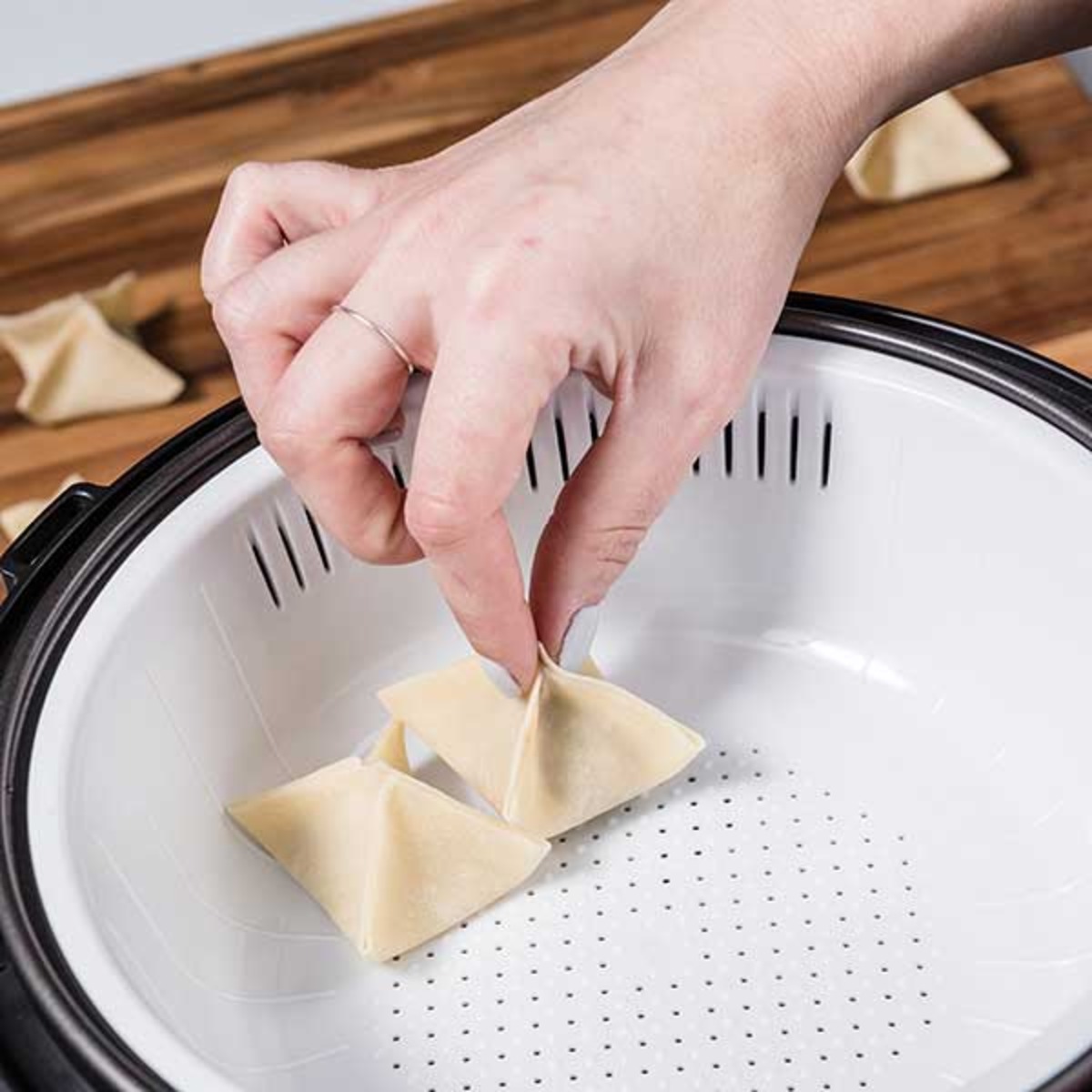
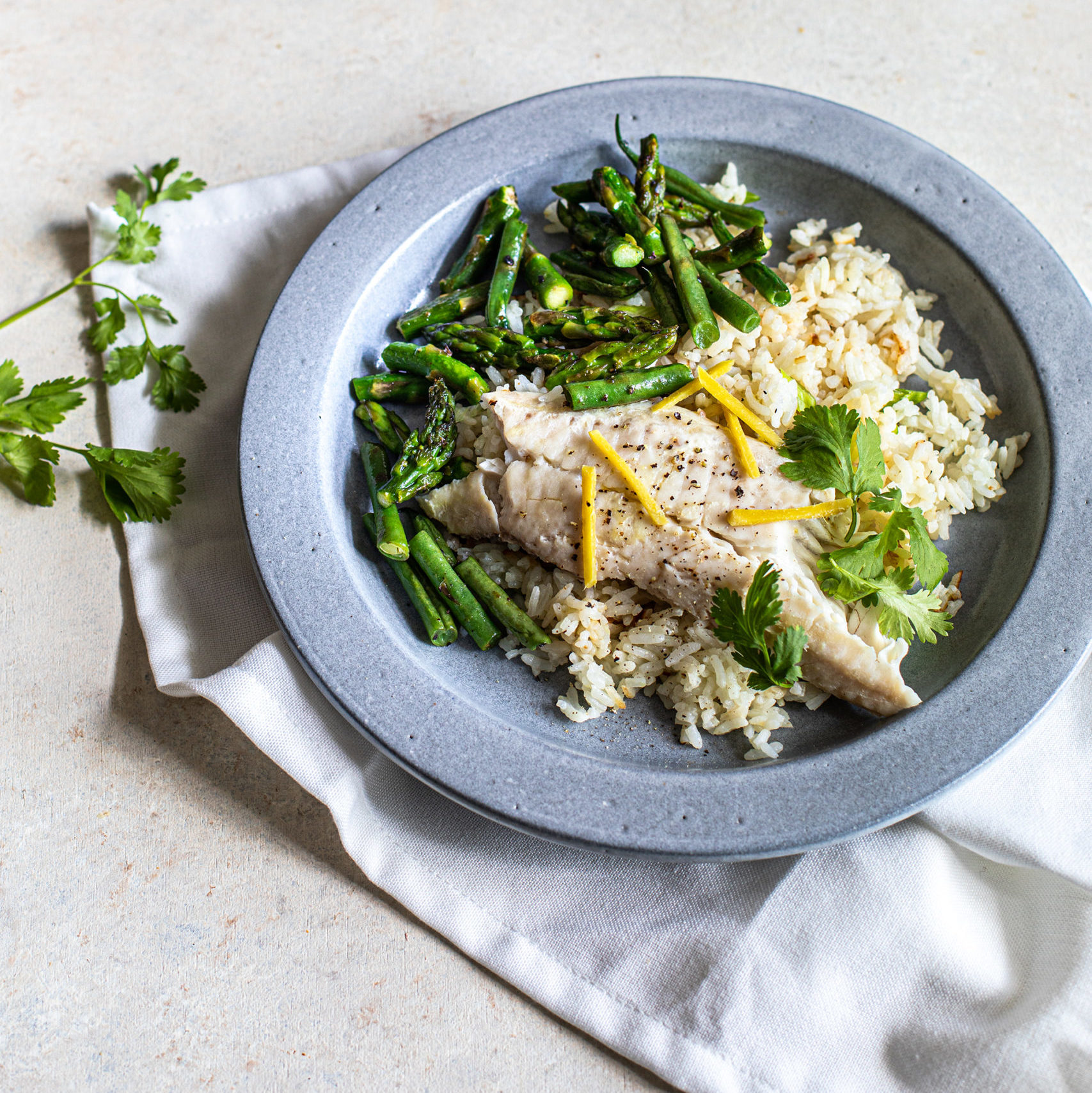
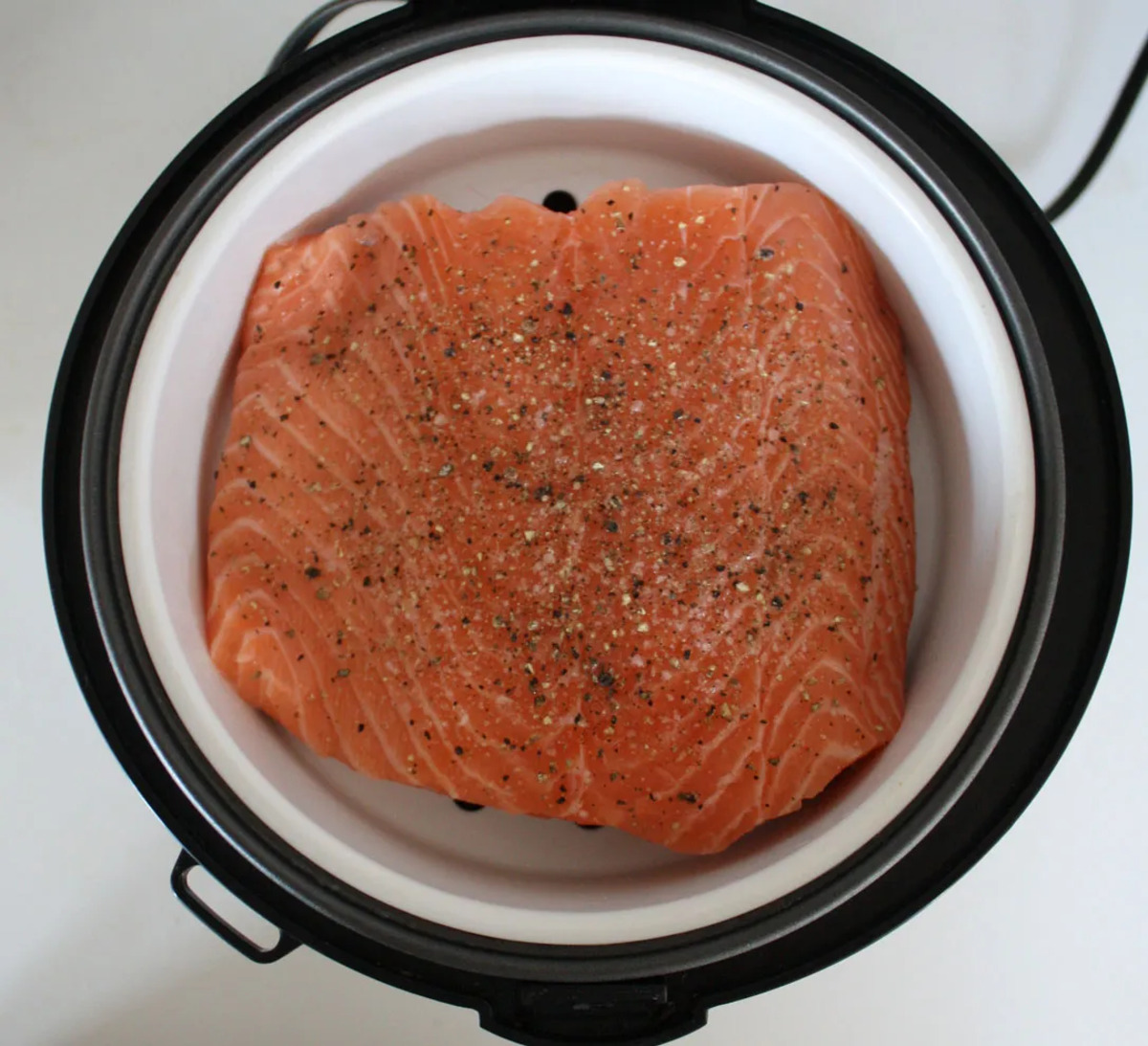
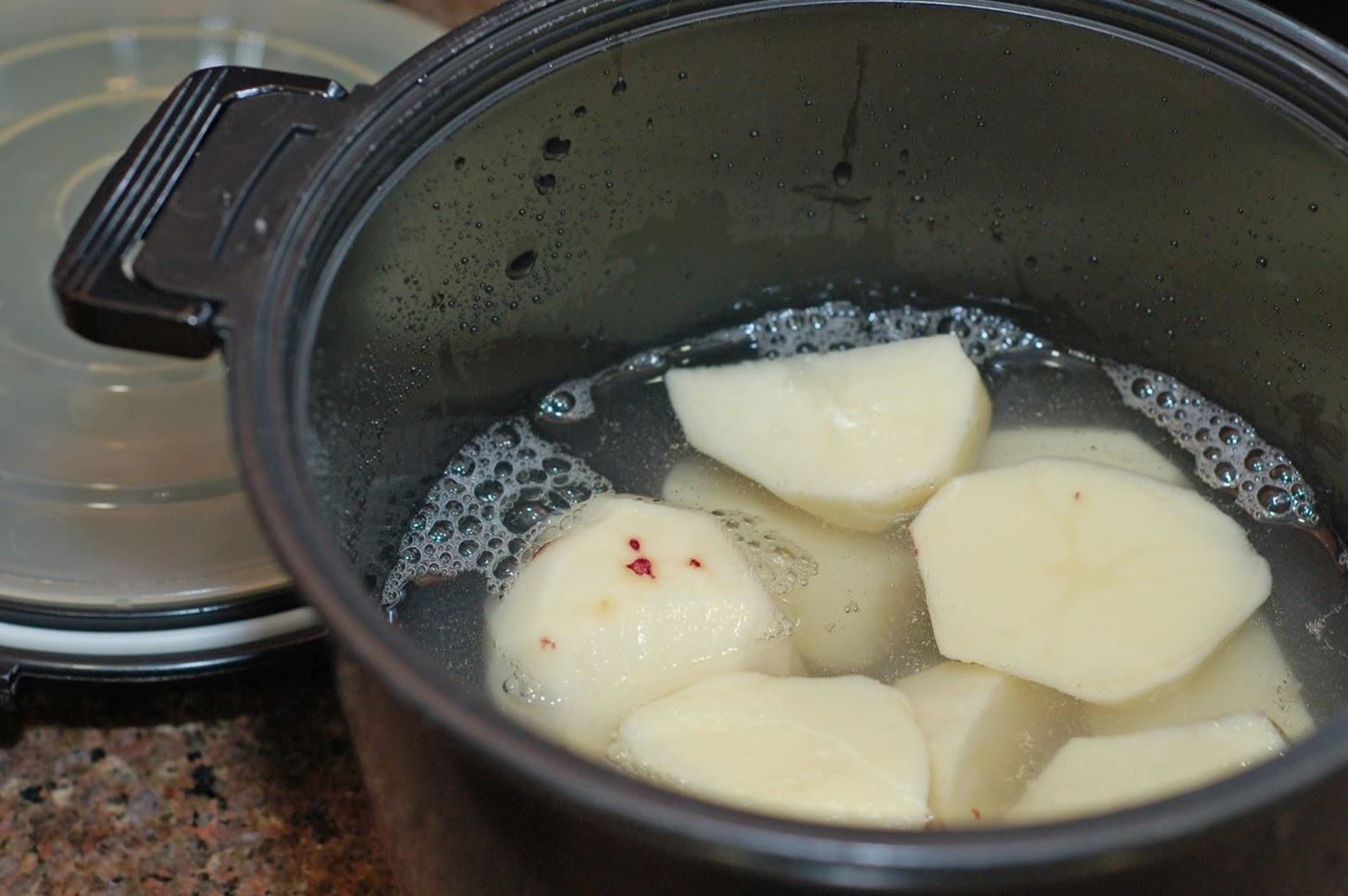
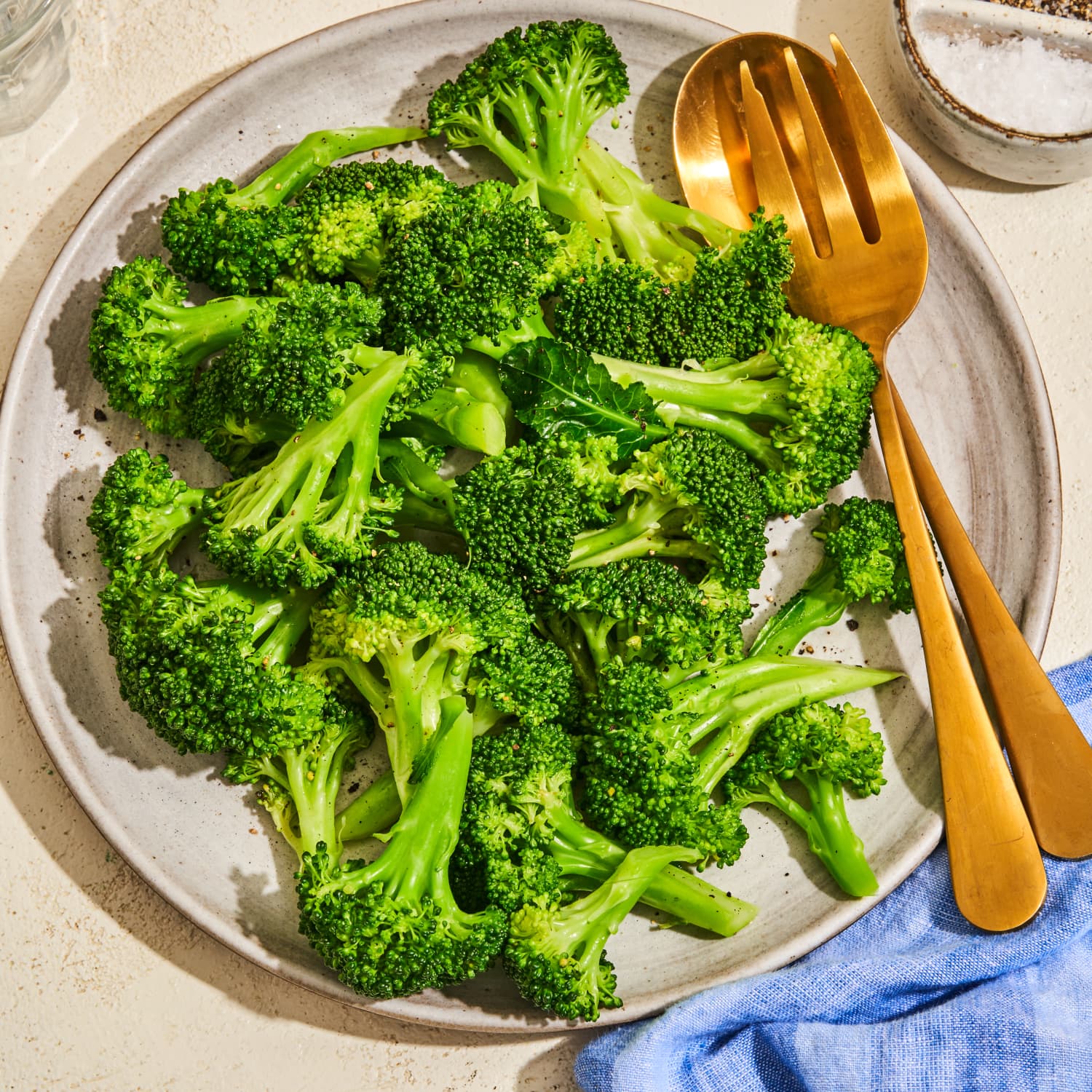
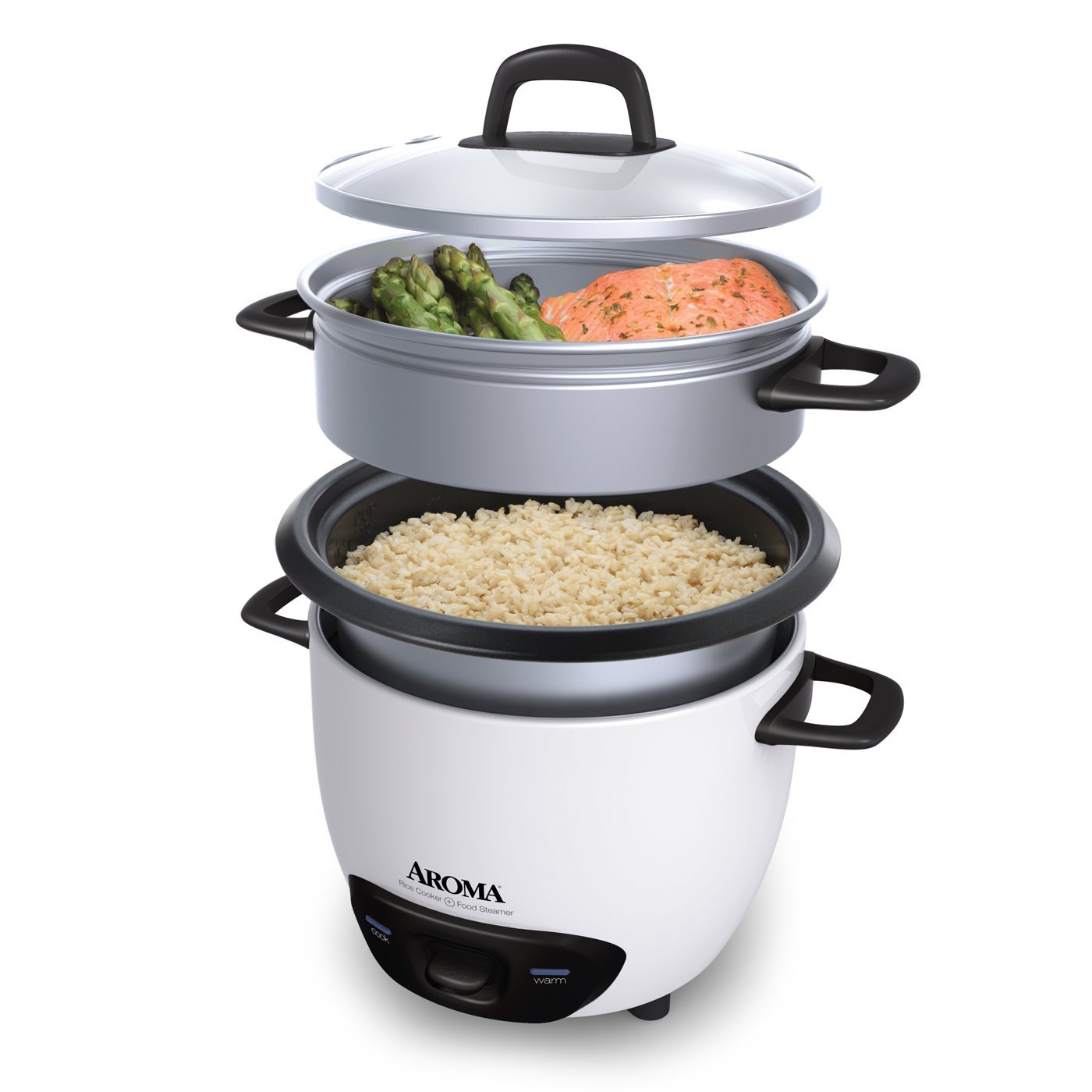


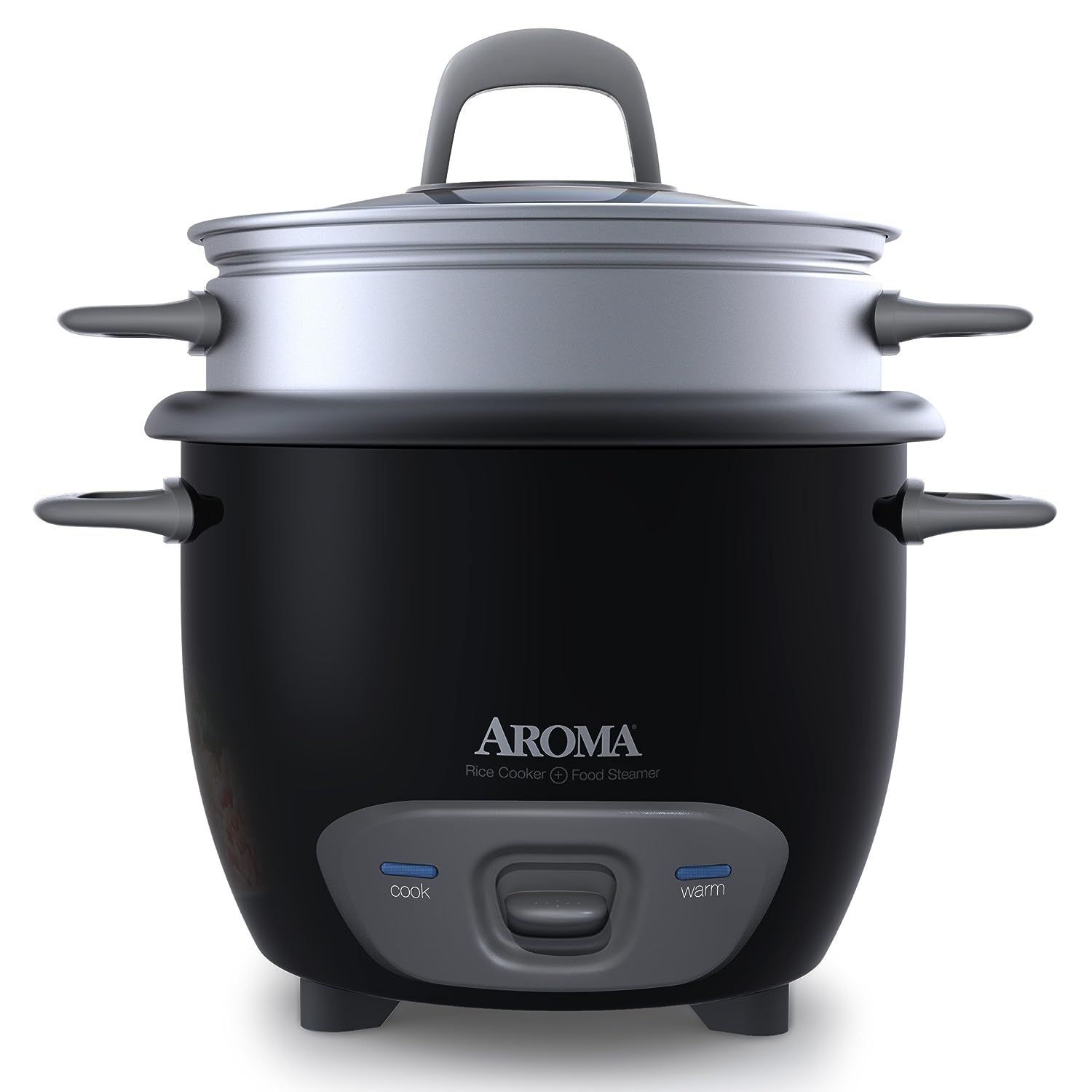
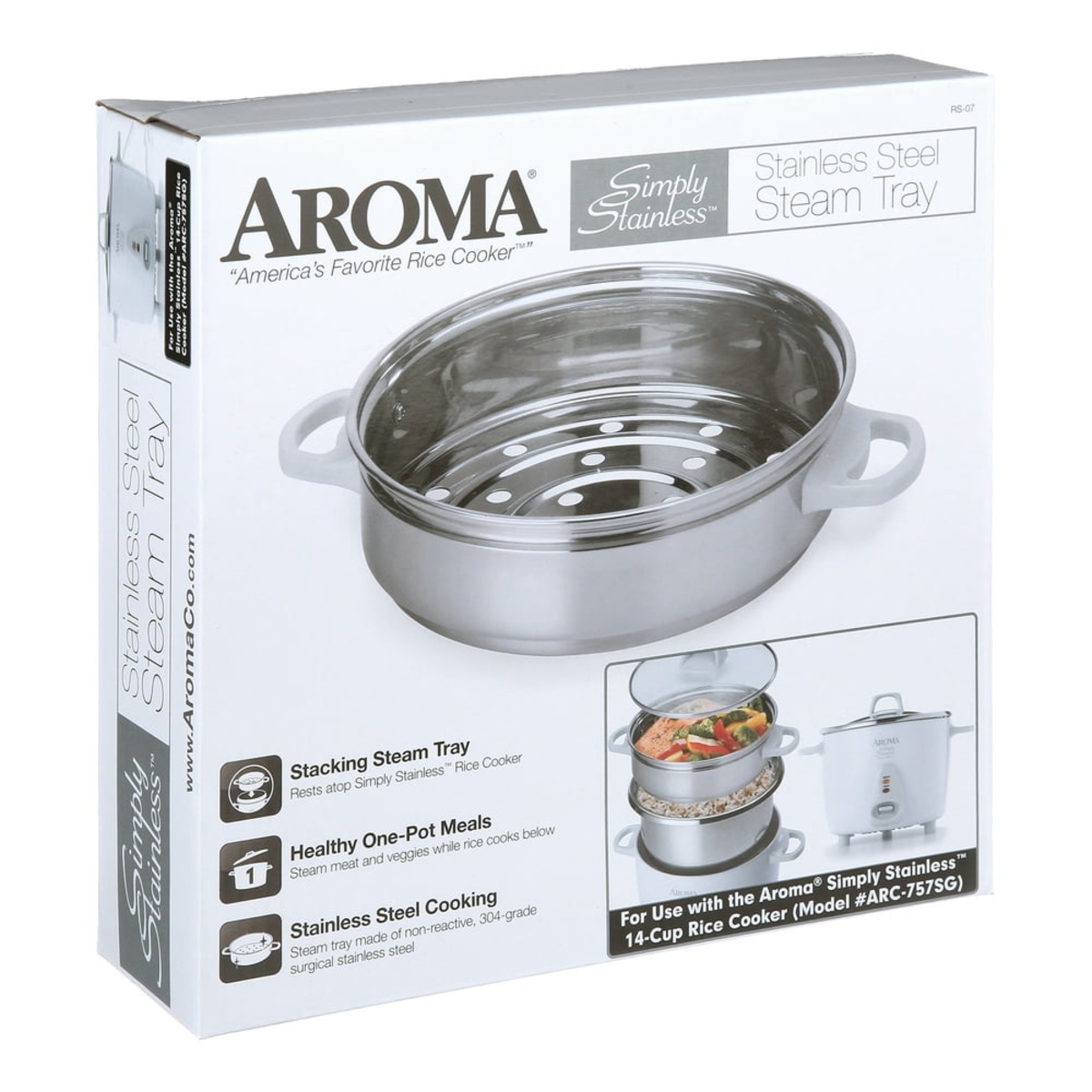
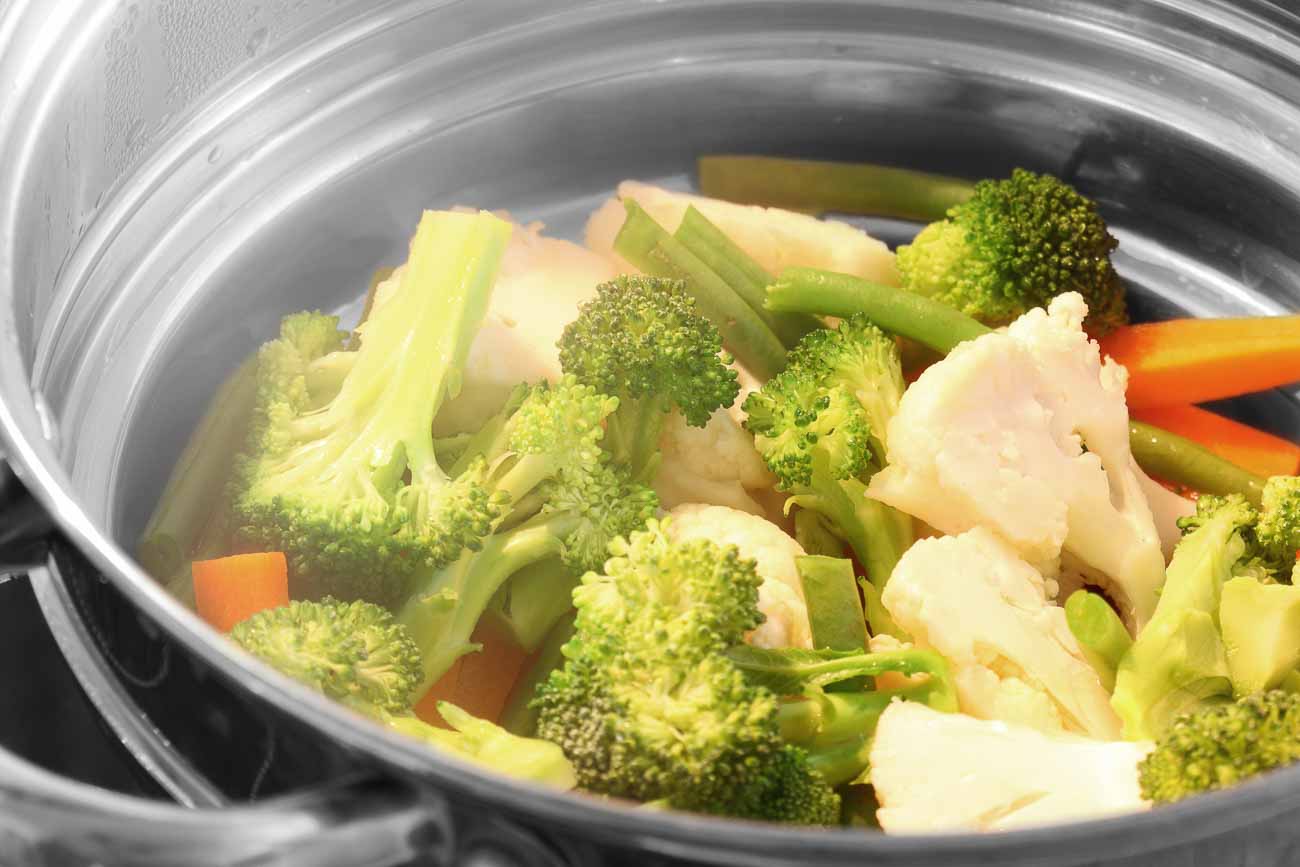
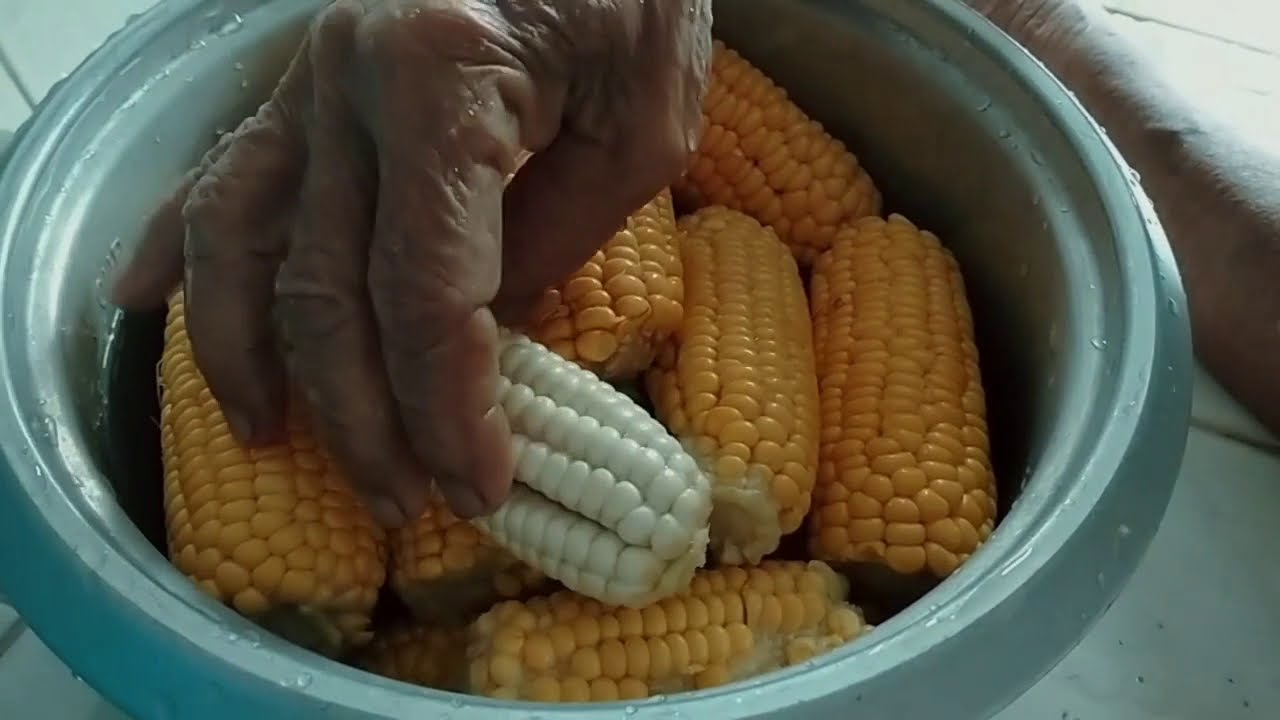
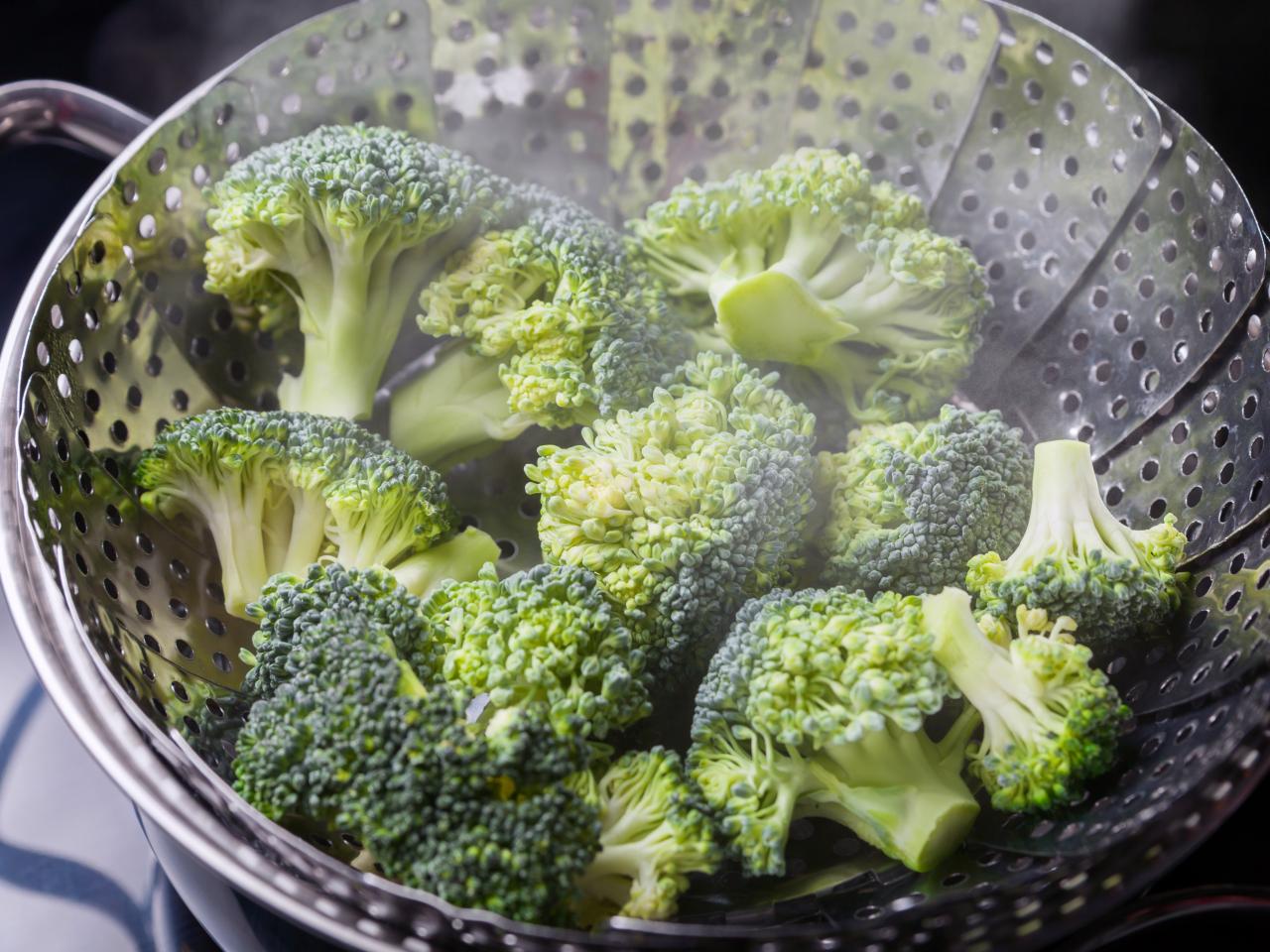
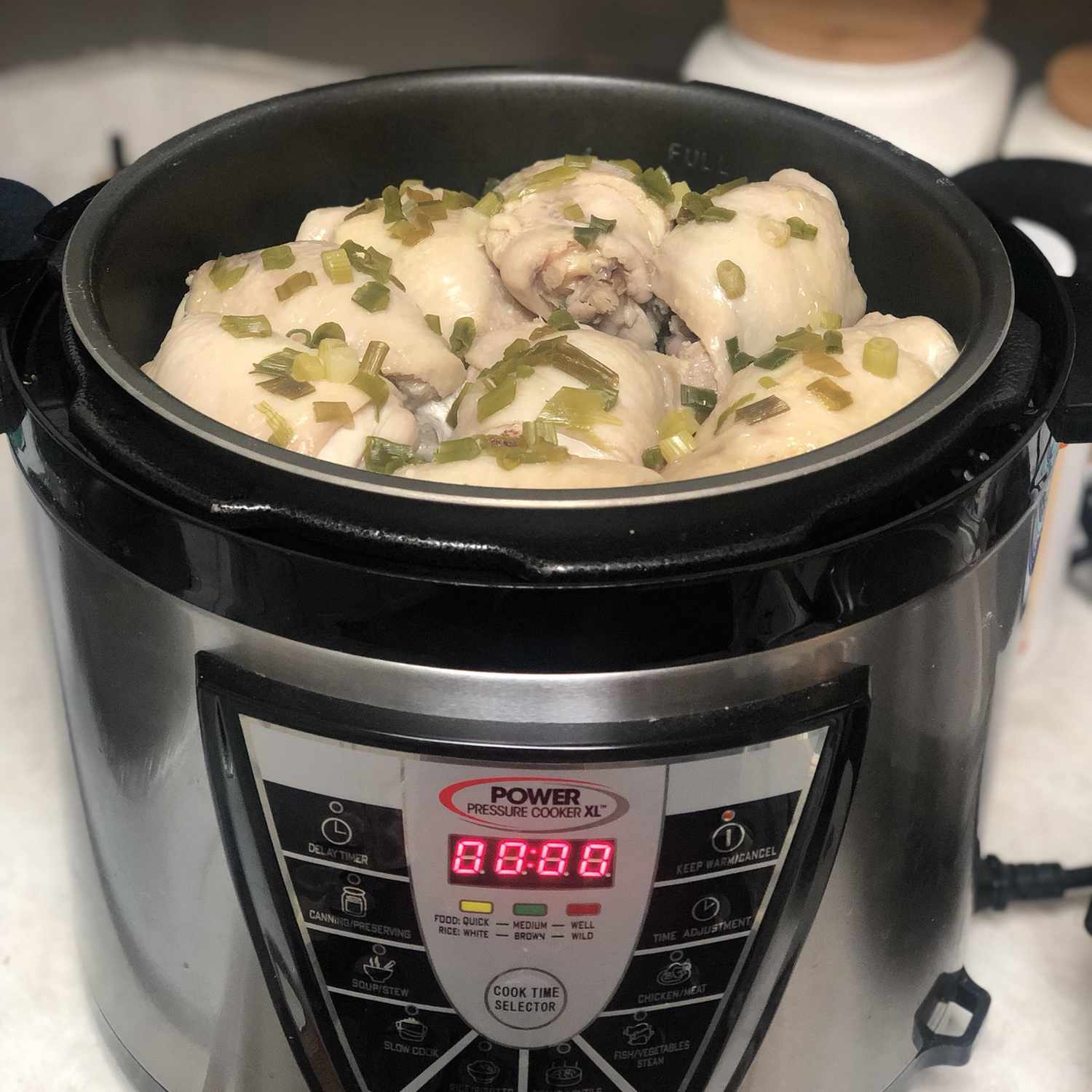

0 thoughts on “How To Steam Vegetables With A Rice Cooker”